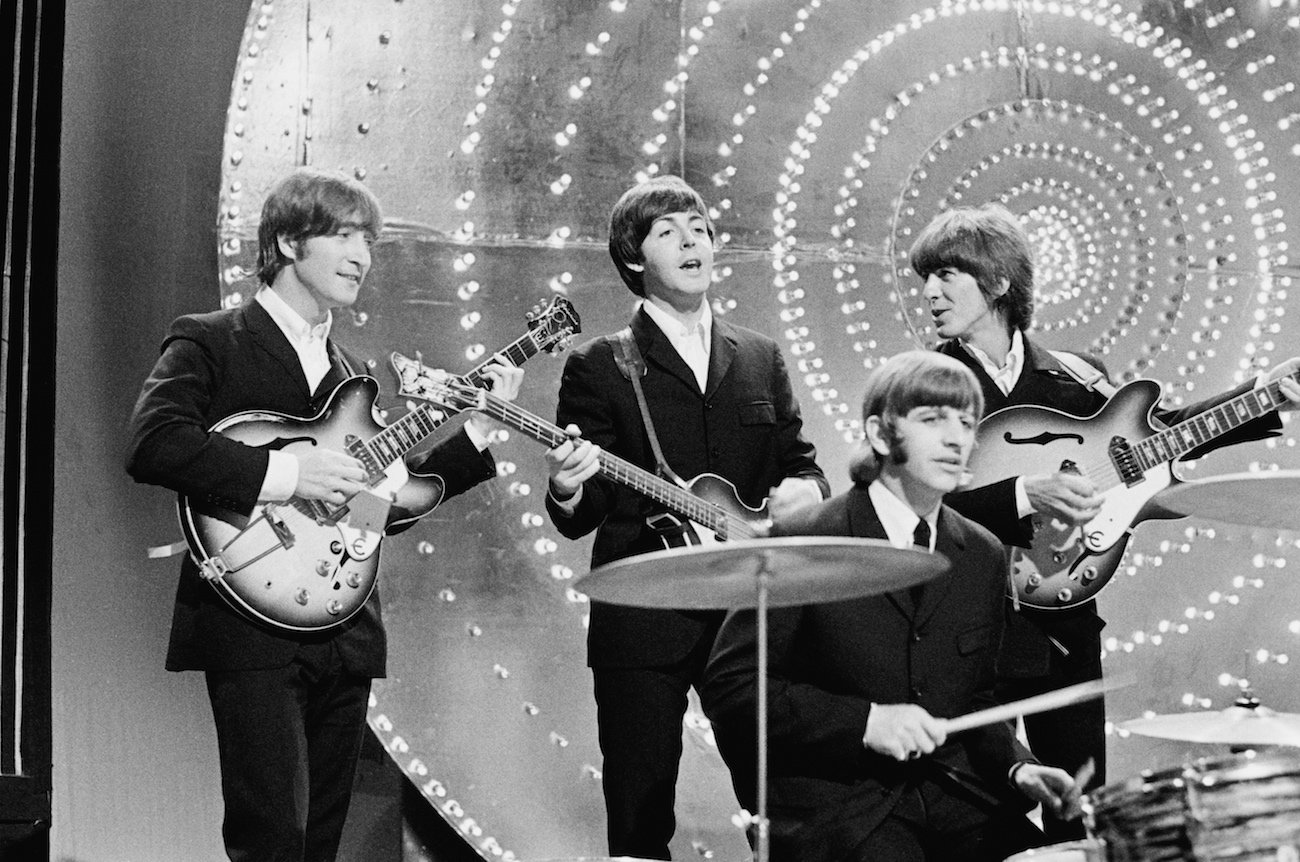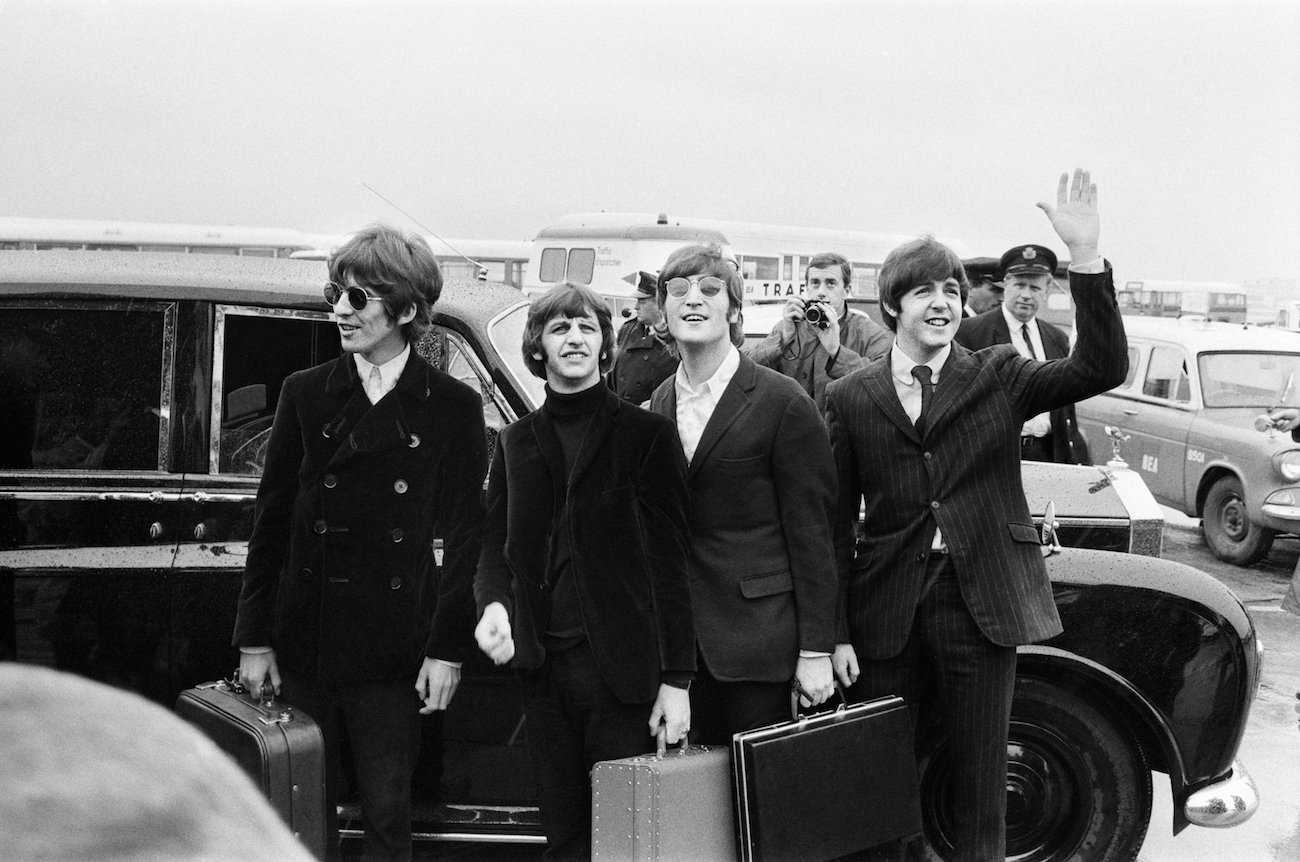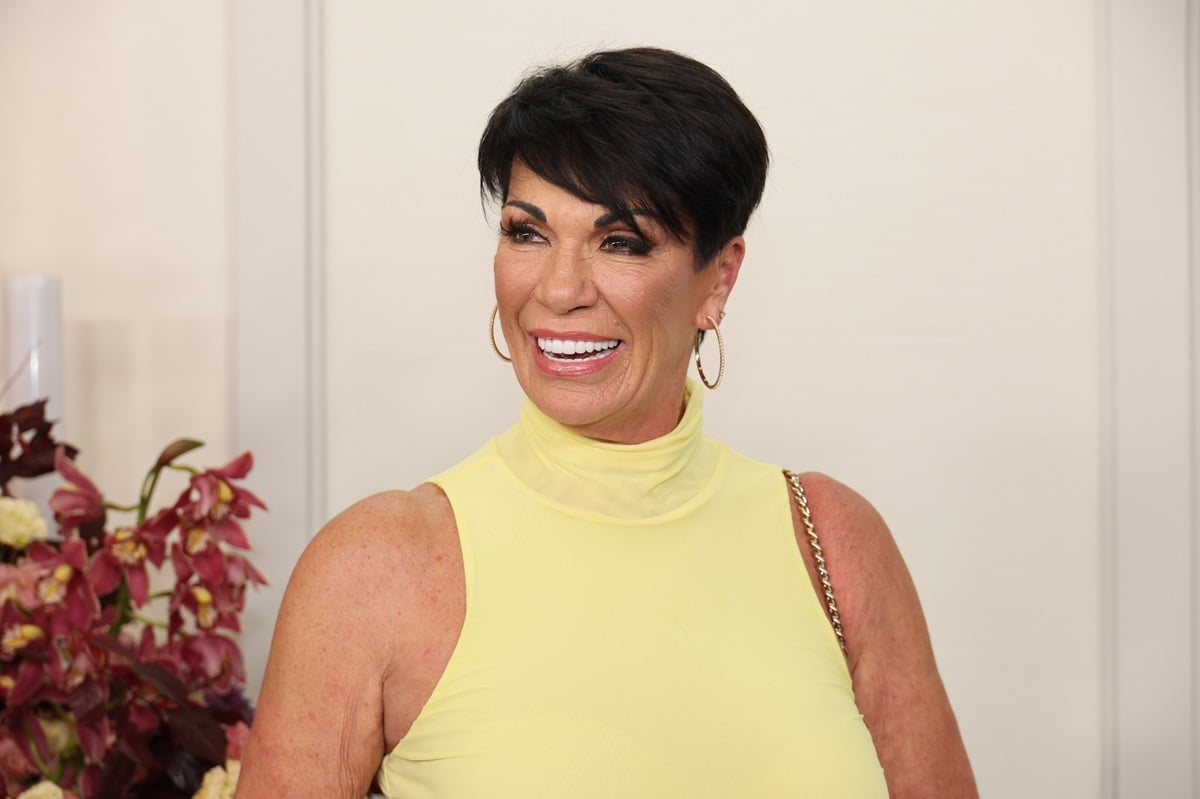
Paul McCartney Said The Beatles’ ‘Good Day Sunshine’ ‘Puzzles’ Classical Composers
Paul McCartney said The Beatles‘ “Good Day Sunshine” “puzzles” classical composers. The group’s bassist and songwriting partner, John Lennon, didn’t intend for the good-natured song to be complicated.

Paul McCartney and John Lennon wrote The Beatles’ ‘Good Day Sunshine’ after ‘summer songs’ became popular
More often than not, Paul used to drive to John’s house in Weybridge for their songwriting sessions. Paul loves to drive, and the hour’s journey from his home in London to John’s gave him time to think about songs.
Usually, Paul arrived before John was even awake. So, he’d go out to John’s pool to wait for him and flesh out his songs more.
On one sunny day in 1966, Paul was outside by the pool thinking that The Beatles should have a “summer song.” Around that time, there were quite a few “summer songs,” including “Daydream” and “Summer in the City” by The Lovin’ Spoonful and The Kinks’ “Sunny Afternoon.”
In The Lyrics: 1956 to the Present, Paul wrote, “We wanted to write something sunny.” Since so many songs about the sun made people happy, the songwriting partners felt it was their time to make one.
Paul wrote, “So we’ve got love and sun, what more do we want? ‘We take a walk, the sun is shining down / Burns my feet as they touch the ground’ – that was a nice memory of summer. “Then we’d lie beneath a shady tree / I love her and she’s loving me’. It’s really a very happy song.”
Paul said The Beatles’ ‘Good Day Sunshine’ ‘puzzles’ classical composers
Despite the song’s simplistic origins and lyrics, The Beatles’ “Good Day Sunshine” is complicated to some. In The Lyrics, Paul wrote that he’s talked to classical composers who “puzzle” over its time signature. However, he and John never laid out the time signature.
Paul wrote, “We just went, ‘It goes like this…’ Classical people can’t say, ‘It goes like this,’ because they’re invested in formalized notation – they’ve got to know whether it’s 3/4 time or 5/4 or something else – and that was definitely the tradition with all the groups.
“Sure, we’d all had piano lessons, but none of us had enjoyed them. I was talking to Jeff Lynne, of ELO fame, about this kind of thing many years later, and he said, ‘Well we just made it all up, didn’t we?’ If George Harrison wrote, ‘Here comes the sun, de-de-de-de,’ we would all just have to remember that.”
Paul added that there was no sheet music in their process. Since The Beatles couldn’t read music, they didn’t write their songs down. “It’s quite tricky, but our method was just to listen to a song and learn it, and that was where our investment came from,” Paul said.
The Beatles were fine with their process because it was more fun. They didn’t want to waste time on the technical aspects of music. “If someone is just reading off the notes -‘One two three, one two three four’ – I always feel as if they don’t enjoy it as much. It’s a job,” Paul said.
What musicologist Alan W. Pollack has to say about the feel-good song
For some, The Beatles’ “Good Day Sunshine” is just a simple song with feel-good lyrics. To classical composers and musicologists, it’s an anomaly.
Musicologist Alan W. Pollack wrote that although “Good Day Sunshine” doesn’t contain exotic instruments or tape loops, “its own quiet, feel-good, nostalgic and folksy way amply demonstrates the sort of willingness to experiment, both with musical syntax, combinations of styles, and recording techniques.
“Only four chords are used throughout, B/E/A/D, but they carry considerable spice because they are all Major chords positioned around the ‘pure’ cycle of 5ths. In other words, two of the four are ‘altered’ chords that don’t occur naturally within the home key. You might say this harmonic pattern is a major source of the nostalgic effect of the song.”
So, whether you’re an ordinary listener or someone who studies music down to the smallest note, The Beatles’ “Good Day Sunshine” satisfies all.


